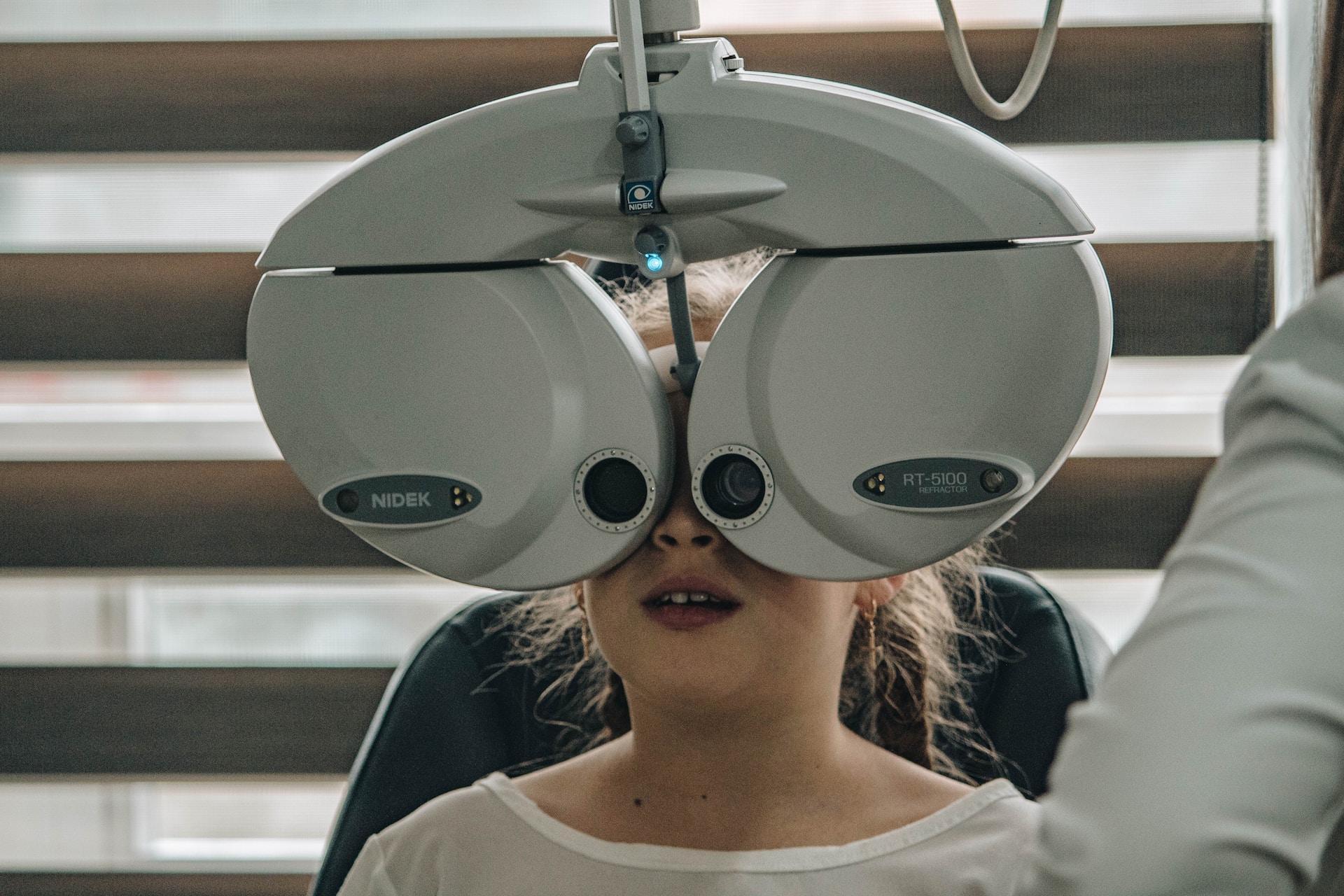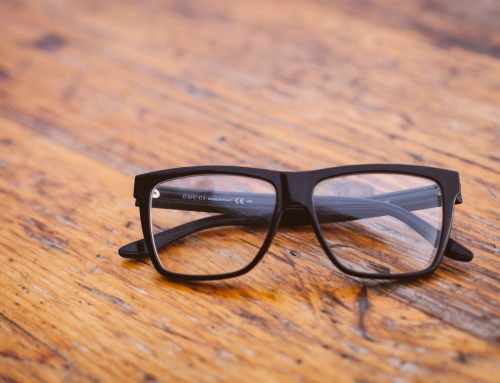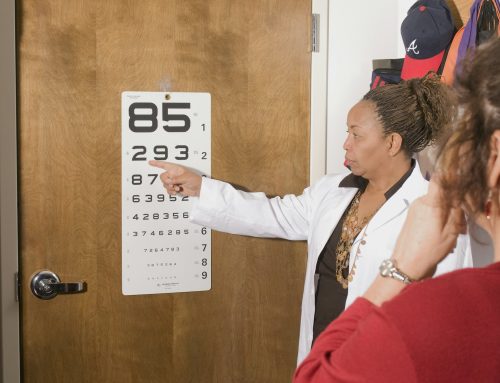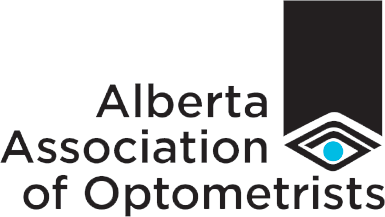Eye health plays a critical role in a child’s development and learning process. In fact, experts suggest that 80% of children’s learning is visual, underscoring the importance of maintaining good eye health from an early age. However, it’s often a challenging task to understand children’s eye health complexities, identify common vision problems, and select the right eyewear for their unique needs.
Optiko, Calgary’s top optical care provider, is dedicated to providing the essential guidance and support parents and caregivers need when it comes to their children’s eye health and eyewear selection.
In this blog post, we will delve into key aspects of children’s eye health, ranging from common vision problems and symptoms to the importance of regular eye examinations. After understanding these fundamental aspects, we’ll navigate the often daunting task of selecting the right eyewear for your child — discussing everything from understanding the prescription to choosing the right frames and lenses that are both functional and appealing to your child.
Join us in this informative and enlightening exploration of children’s eye health and eyewear selection for a better understanding and a more confident approach to your child’s visual needs.
Identifying Common Vision Problems in Children
The first step in addressing children’s eye health is recognizing the most prevalent vision problems. Here’s a rundown of some common concerns and their symptoms:
- Nearsightedness (Myopia): Nearsighted children have difficulty seeing objects clearly at a distance. They may squint, sit too close to the television, or complain of headaches or tired eyes.
- Farsightedness (Hyperopia): Farsighted children struggle with near-focus tasks. They may exhibit difficulty concentrating on reading, rub their eyes frequently, and avoid close-up activities.
- Astigmatism: This irregularity in the eye’s shape can create blurry vision at all distances. Children with astigmatism may squint, tilt their heads, or complain of eye discomfort or headaches.
- Amblyopia (Lazy Eye): Amblyopia occurs when one eye lacks adequate visual stimulation, resulting in poor vision development. It’s crucial to address this during early childhood, as the condition can become irreversible after age seven.
- Strabismus (Crossed Eyes): Strabismus involves either one or both eyes turning inward or outward. If left untreated, it can lead to amblyopia.
If you notice any of these symptoms in your child, consult an optometrist for a comprehensive eye examination.
The Importance of Regular Eye Examinations
Scheduling regular eye examinations is vital in maintaining your child’s eye health and detecting potential issues early. The Canadian Association of Optometrists recommends the following eye examination schedule:
- First examination: By six months of age
- Second examination: Around age three
- Subsequent examinations: Annually, starting when a child enters school
Regular eye examinations not only help diagnose and treat vision problems but also allow the optometrist to screen for other eye health concerns. Moreover, vision issues can also impact a child’s academic and social development, making early detection and intervention crucial.
Understanding Your Child’s Prescription and Selecting Lenses
Once your child has had an eye examination, you will receive a prescription, if needed, to correct their vision. Understanding your child’s prescription is critical for selecting the right lenses for their eyewear. Here are some common components of a children’s eyewear prescription:
- Sphere (SPH): Indicates the lens power required to correct nearsightedness or farsightedness. A negative (-) value corresponds to nearsightedness, while a positive (+) value denotes farsightedness.
- Cylinder (CYL) and Axis: Pertinent to astigmatism, the CYL value specifies the lens power used to correct it, while the Axis denotes the angle of correction.
When selecting lenses for your child, consider impact-resistant materials like polycarbonate or Trivex, which offer durability and safety. Additionally, lens coatings such as anti-reflective and scratch-resistant coatings can enhance the functionality and longevity of your child’s eyewear.
Choosing Comfortable and Stylish Frames
Selecting the right frames for your child’s eyewear involves striking a balance between comfort and style. Here are some tips for choosing the perfect frames:
- Size and fit: A proper fit is crucial for your child’s comfort and optimal vision correction. Ensure the frames are not too tight, do not slide down the nose, and have a comfortable fit around the ears.
- Material: Common frame materials include metal, acetate, or TR-90. Consider your child’s preferences and any skin sensitivities before selecting a frame material.
- Style and color: Encourage your child to participate in the frame selection process, as they are more likely to wear glasses they find visually appealing. Keep in mind current trends, your child’s favorite colors, and their lifestyle to find a suitable design.
- Durability: As children can be rough with their eyewear, look for frames that offer flexibility, sturdiness, and sturdy hinges.
With these tips in mind, work closely with your optical care provider to find the right fit and style for your child.
Conclusion: Setting the Stage for a Lifetime of Good Eye Health
Understanding children’s eye health and selecting the appropriate eyewear is a vital component of fostering a lifetime of optimal eye health and visual acuity. By recognizing the signs of common vision problems, ensuring regular eye examinations, and guiding your child through the process of selecting the perfect eyewear, you’re setting a strong foundation for their visual well-being.
Optiko is here to support you in this journey, offering expert advice and a diverse array of eyewear options to meet your child’s unique needs. Start your child on the path to great eye health and comfortable, stylish eyewear by scheduling an eye exam in Calgary today!








